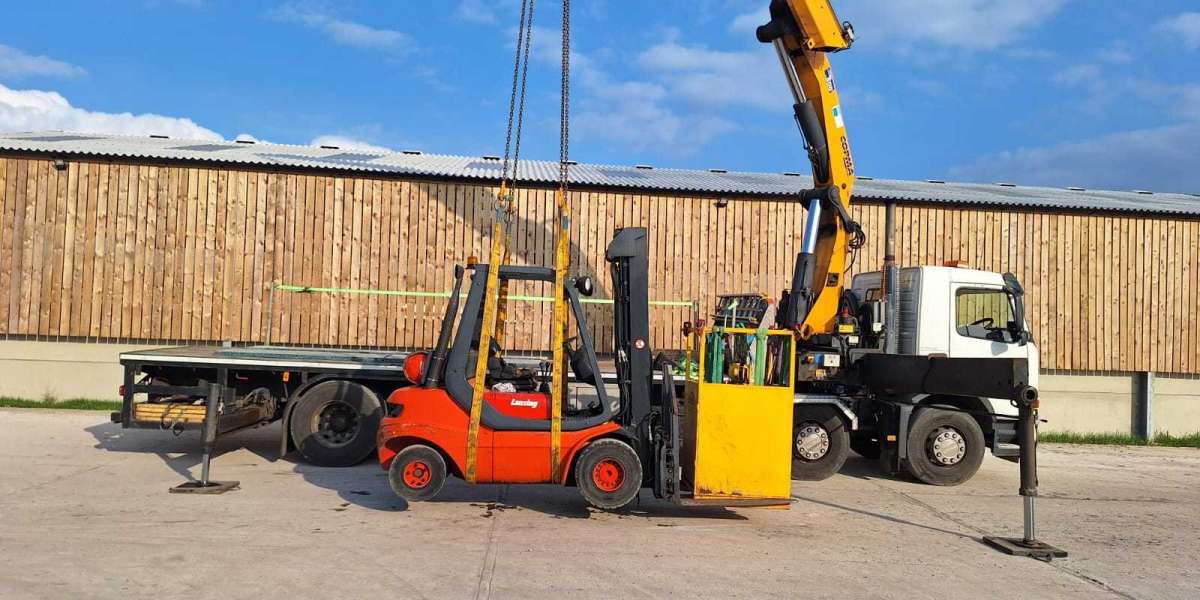Unstructured data is growing at an alarming rate of 62 percent per year, according to a study conducted by the International Data Group (IDG). According to the same study, by 2022, nearly 93 percent of all data in the digital world will be unstructured!
These statistics can be concerning for businesses that are already dealing with the issue of dealing with large amounts of unstructured data. text analysis is the answer to the need for technology that can process unstructured data with ease and helps organizations find out what's in it - with speed and accuracy.
Text analysis, also known as text mining, is the process of analyzing large amounts of unstructured data to uncover previously unknown information and insights that can be used for informed decision-making and other processes. Text mining services provided by new-age text analysis tools such as language analysis techniques include sentiment analysis, content classification, semantic search, content summarization, named entity recognition, and more. Text analysis tools are based on a complex process that incorporates several concepts, including statistics, machine learning, natural language processing, and others. It also necessitates the use of numerous techniques, of which this article discusses five of the most common.
1. Extraction of Information:
Objective: Creating a structured database from a collection of unstructured or semi-structured textual documents.
- The initial step is the evaluation of unstructured data.
- Requires the tokenization and identification of named entities, key phrases, and parts of speech.
- Uses the pattern matching concept to find predefined sequences within the data.
- This function determines the relationship between entities and attributes.
2. Categorization:
Objective: Assigning one or more categories to an unstructured text document is the goal.
- It operates on an input-output principle, in which the system is given inputs regarding the pre-defined categories into which the data in new documents are to be classified.
- Includes the steps of processing, indexing, dimensional reduction, and classification.
- Makes use of the Nearest Neighbor classifier, Decision Tree, Nave Bayesian classifier, and other statistical classification techniques.
3. Clustering:
Objective: Gathering clusters of documents with similar content.
- .Generates clusters, which are groups of documents.
- The content of documents within the same cluster is very similar, whereas the content of documents in different clusters is not even remotely similar.
- It differs from clustering in that it brings together documents without using any pre-defined categories as a reference. This technique is based on semantics, which is the underlying principle of semantic search engines.
- K-means is a popular algorithm that produces excellent results.
4. Visualization:
Objective: Using visual cues to simplify and improve the discovery of useful information.
- Uses visual cues such as text flags to identify individual documents or document categories, as well as colors to indicate the density of a category, entity, phrase, and so on.
- Allows the user to zoom in/out or scale the document as needed without losing data.
- Creates a visual hierarchy of large sources of textual data.
5. Summarization:
Objective: Automatically generate a summary/compressed version of the text with the most important or relevant information to the end-user.
- Identifies the most important points in a lengthy document that the text analysis tool's user will find useful.
- .Comprises three steps: pre-processing, processing, and development.
- During the pre-processing stage, a structured representation of the text is created.
- The processing step entails the use of algorithms to generate a text summary.
- Retains the meaning of the text in the summary using semantics technology, similar to a semantic search engine.
- The final text summary is obtained during the development stage.
Information Extraction: The techniques discussed above all contribute to a text analysis tool's efficiency. Text analysis tools of the modern era have emerged as must-have tools for businesses seeking to gain insights for informed decision-making. With the rapid advancement of artificial intelligence and related concepts, the future holds limitless possibilities for data processing and analysis using semantic search engines and text analysis tools.







